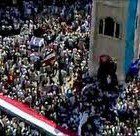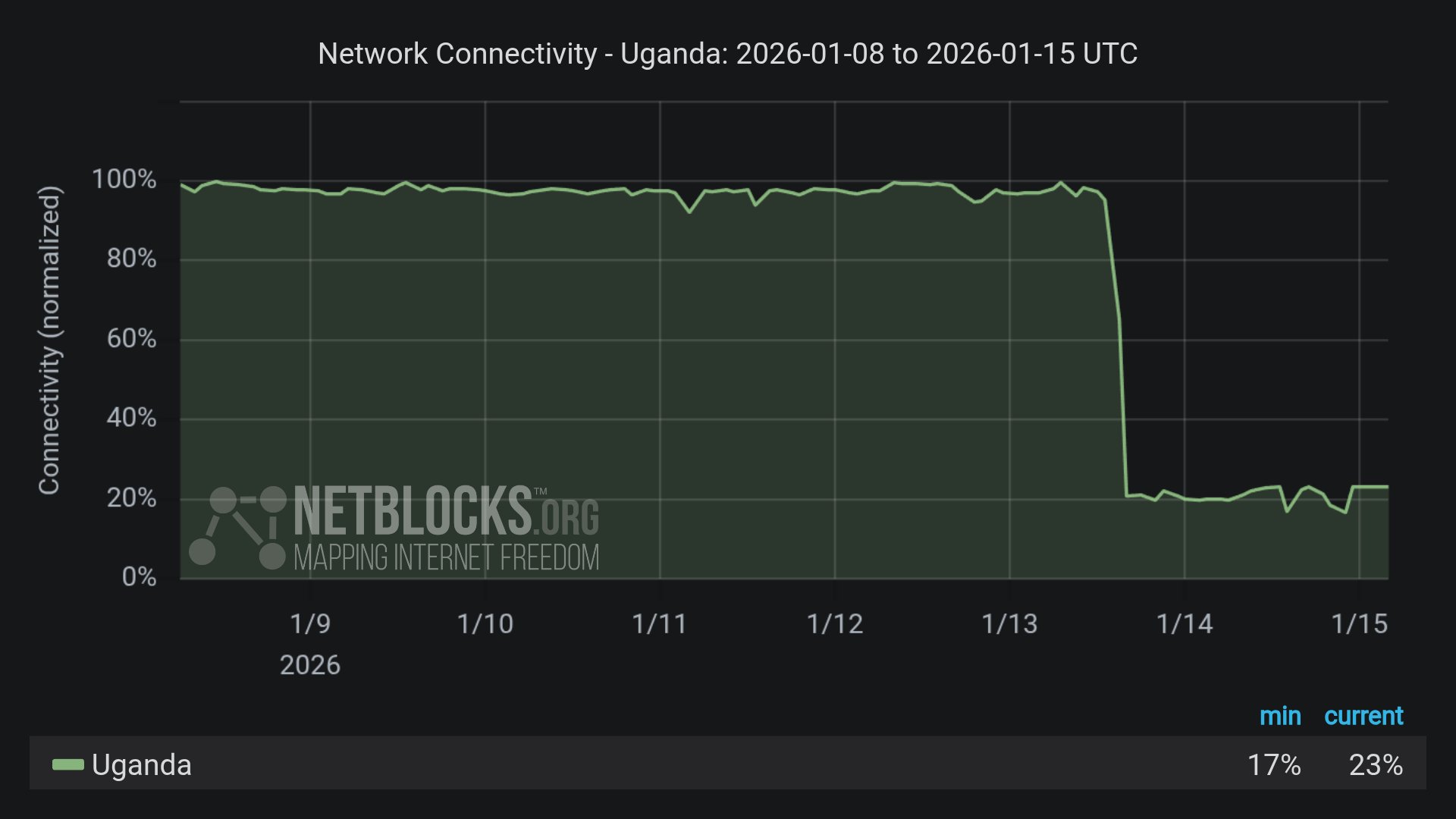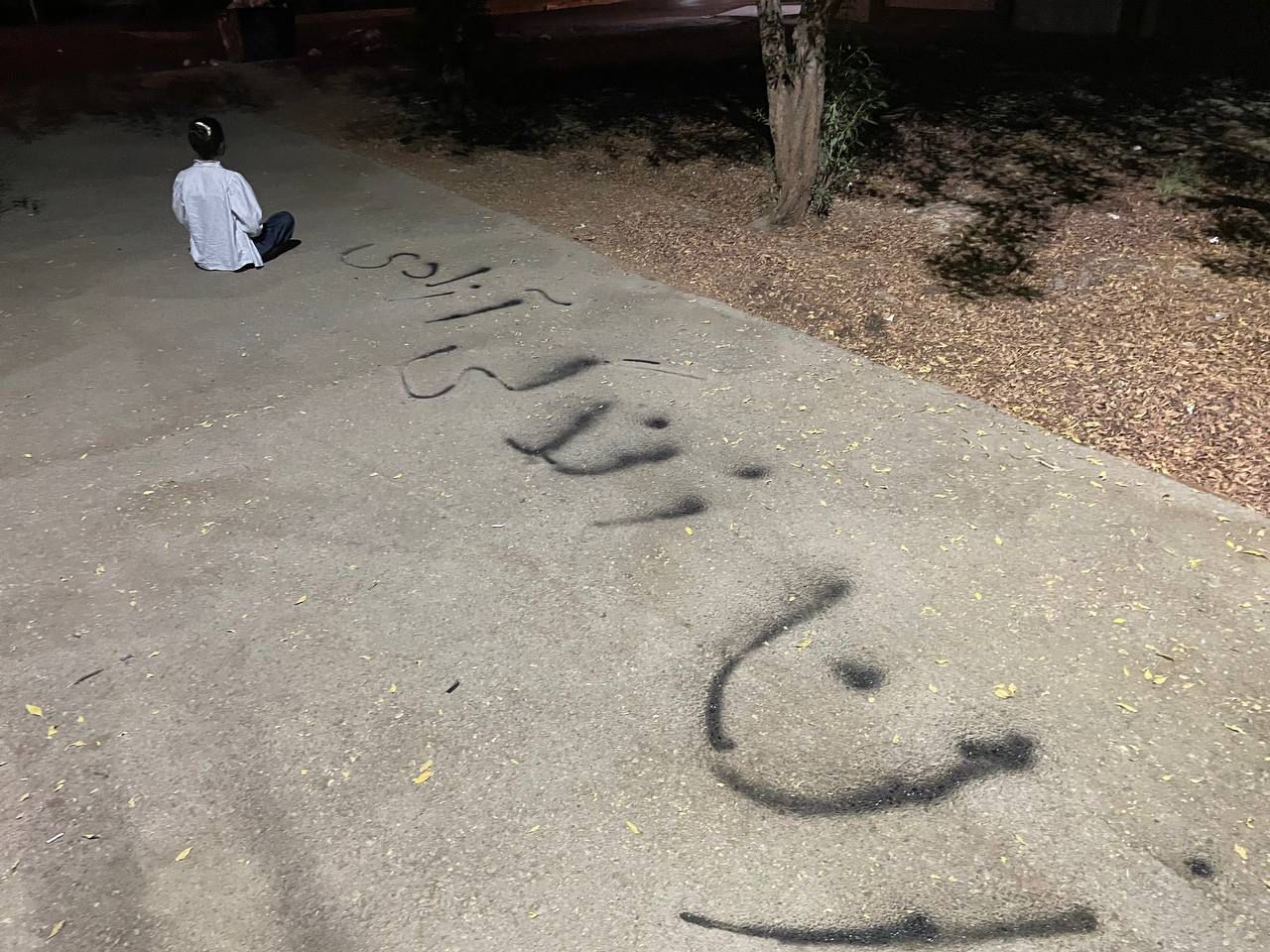 The Asad regime’s determination to win the propaganda war has led to the assassination of Hama protest singer Ibrahim Qashoush, says Salwa Ismail
The Asad regime’s determination to win the propaganda war has led to the assassination of Hama protest singer Ibrahim Qashoush, says Salwa Ismail
The reported killing of Ibrahim Qashoush by armed thugs (shabiha) of the Syrian regime in the city of Hama on 4 July has stirred deep feelings of sorrow and anger among Syrian activists and has them vowing to continue in their uprising to bring down the regime. According to news and reports circulating on Syrian opposition websites and Facebook pages of the uprising, Qashoush was brutally murdered by regime-affiliated thugs who entered the city on July 4 as part of a military and security assault to bring it under their control. It is thought that Qashoush was targeted because of his fiery songs and performances at night-time protests in Hama.
Up until this latest assault on the city, Hama residents were gathering nightly in large numbers of up to 200,000 in the al-Asi Square in the city centre. In these gatherings, Qashoush performed nationalist and political songs that expressed the defiance of the people. He sang in the ‘arada style — a traditional genre that has now been renewed in the spirit of resistance and contestation throughout the country. In this genre, the audience participates by repeating evocative refrains or answering questions and declarations sung by the lead singer. One of Qashoush’s songs, taped and widely viewed on Youtube is entitled Yalla Irhal Ya Bashar (Depart Bashar). In it, he asserts the people’s will to remove the President and their longing for freedom. The song directly addresses the President and ridicules his “third speech” and his talk of reform. Qashoush entreats him to leave, along with “the barbaric gang”, naming three inner-circle members of the ruling clique (Maher, Rami and Shalish).
The full significance of the killing of Qashoush can only be understood in relation to the regime’s two main mechanisms of control: propaganda and violence, which, in their continued use, reproduce the formula of rule of the late President Hafez al-Asad, father of the current President. Under crisis conditions, Bashar al-Asad’s regime deploys and intensifies the mythology and iconography inaugurated by his father. This includes the cult of “the eternal leader” whose photographs adorn all public spaces and for whom the people must shout slogans of loyalty, and make declarations of abiding love and affirmations of their willingness to sacrifice blood and soul. The cult, which was most insightfully analysed by Chicago University scholar Lisa Wedeen in her book Ambiguities of Domination, weaves with symbols of patriotism, equating nation and leader through an endless visual twinning and merging of flags and photographs of the President.
During the current uprising, in addition to the heavy-handed security approach, the regime has organized successive rallies of support and has flooded the public space with its iconography, spinning anew the myths on which it rests. There has been a proliferation of large and glossy images of the President posted on building facades and entrances, on the windows of retail shops, coffee shops, restaurants, banks, cars and so on. Officially sponsored “loyalty-to-the-President” campaigns include the organisation of an event curiously named “the imprint of loyalty on the wall of history” referring to the production of the biggest map of the country coloured with citizens’ handprints and unfurled on the wall of the Citadel in Old Damascus. The “loyalty” campaign has also comprised numerous instances of commissioning and raising large-sized national flags, each reputed to be the biggest ever produced.
The current resuscitation of the cult of the leader contradicts earlier productions of the image of the president which had accompanied his assumption of power in 2000. Upon taking over the presidency, Bashar al-Asad was presented as the youthful leader who was shaped by the ideas and technologies of his time. Write-ups of the President emphasised his previous post as head of the IT society and his western education. Cast in this light, he was made to represent a new style of politics — less personalised, more forward-looking and bearing a reform agenda, the hallmark of which is greater freedom and opening. Yet, with every passing year of his presidency, the cult production picked up pace. The insistence on the cult has been greater at times of crisis.
The adulation and sycophancy encouraged by this propaganda is inextricably linked to the violence directed against regime opponents and the politics of fear that violence generates. As the “beloved” leader, Hafez al-Assad was also a much feared figure. He was feared because of the spectacular violence he was willing to unleash as illustrated in the events of Hama, but also for the hidden but somehow known-about horrors that were committed to maintain his regime. During the period of the late president’s rule, it is estimated that a total of 100,000 citizens were detained for their political activities. Until now the fate of 17,000 of these detainees remains unknown. Imprisonment and torture were ongoing practices.
The level of violence today has not reached the scale witnessed in Hama in 1982 and in other less-known massacres (e.g. Tadmur prison 1980, Jisr al-Shughour 1980), but in terms of its reach and its objects, it shows the same logic and approach to maintaining power. According to this logic, regime survival justifies not only exclusion of opponents but also their eradication through murder, large scale killing, sieges of towns and cities, and the deployment of tanks and soldiers to subdue a population that has risen to demand freedom and basic civil liberties as a matter of right. The defiant public expression of this aspiration undermines the two pillars of the regime, the simulated love of the leader and the unspoken fear of his wrath. The killing of Qashoush represents the regime’s logic of eradication pursued against the spirit of defiance that his songs expressed.
Salwa Ismail is Professor of Politics with reference to the Middle East, School of Oriental and African Studies, University of London, and author of Political Life in Cairo’s New Quarters: Encountering the Everyday State (University of Minnesota Press)





